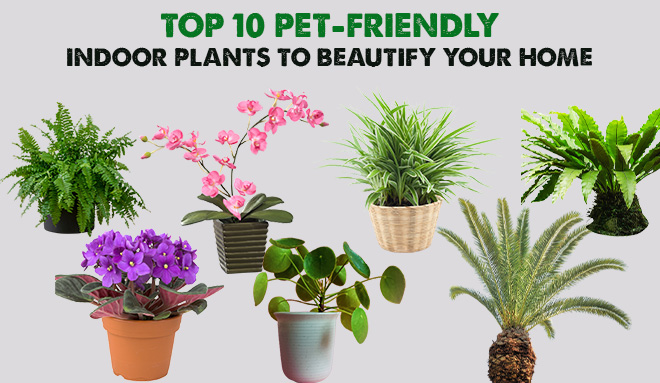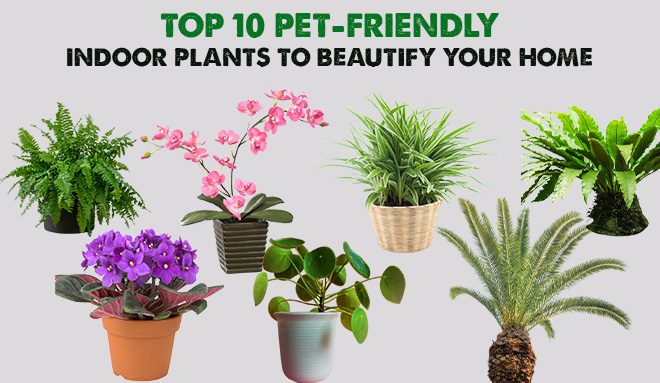
Plants and pets are both mood enhancers. They make our homes livelier and our hearts happier. The only bad part is that certain plants are toxic to cats and dogs. If ingested accidentally by our curious furry friends, the consequences may be fatal.
Therefore, before you think of adding some greenery to your house, it is necessary to ensure that the plants you bring in are safe for your four-legged friends. In this blog, we have carefully curated a list of indoor plants that are non-toxic for cats and dogs by weeding out the ones that won’t go well in a household with pets.
Top 10 Pet-Friendly Indoor Plants
1.Spider Plant
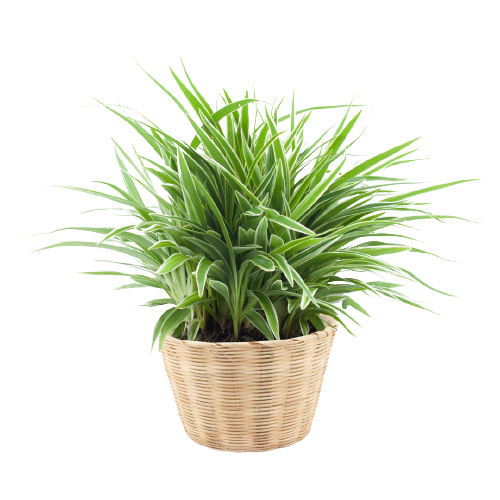
The spider plant is a low-maintenance plant, ideal for decorating your living room if you share your house with a cat or dog. Considered one of the most adaptable houseplants, the spider plant helps clean indoor air effectively by absorbing harmful chemicals like carbon monoxide, formaldehyde, and benzene.
How to care for spider plants?
Keep your spider plant away from direct sunlight, as it can burn its leaves, causing brown tips and spots. Ideally, they require moderate watering and a room temperature between 60-80 degrees F.
2. African Violet
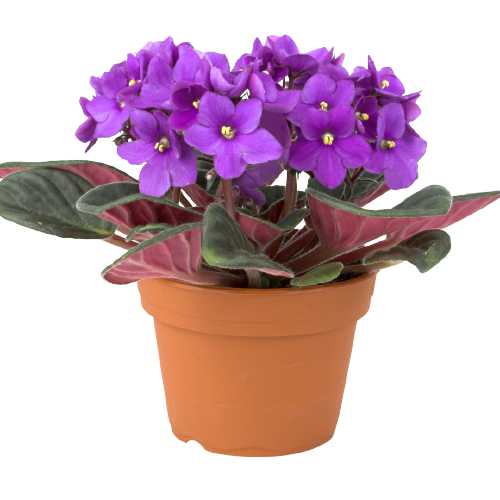
African Violets are known as the queen of indoor plants for a reason. The beautiful violet to blue flowers of the African violet plants make them a perfect decoration item for your kitchen shelf or bedside drawer, and they are non-toxic to pets. Moreover, they can be your props while clicking the stunning picture of your pet!
How to care for African violets?
They bloom in temperatures between 70-77 degrees F. Be careful not to overwater them, and always use room temperature water. Their flowers bloom when kept in low sunlight areas.
3. Bird’s Nest Fern

The unique, erect, and bright-green fronds arising from a central rosette of bird’s nest fern can complement any coffee table or office table. These decorative plants are good for your health too, as their leaves work as natural air-purifiers.
How to care for bird’s nest fern?
The ferns require bright but indirect light and temperatures between 70 and 80 degrees and high levels of humidity to grow green and lush indoors. Try to keep them away from radiators and bright, hot, and sunny windows.
4. Boston Fern

If you are looking for a blooming houseplant that is also safe for your four-legged friend, this plant is for you. Also known as sword fern, the Boston fern has lush green foliage that helps get rid of air pollutants and keeps the indoor air fresh. These ornamental plants fall on the low-maintenance spectrum and can grow effortlessly.
How to care for Boston fern?
If you are keeping a Boston fern as your indoor plant buddy, always keep the compost moist. You can lightly mist the compost once or twice a week to maintain the humidity. Moreover, it will need a cool place without direct and harsh sunlight.
5. Orchids

Orchids are one of the most beautiful plants that can instantly brighten the vibrance of any part of your house without posing a threat to your furry friend. Refresh your interiors with these easy-to-grow plants.
How to care for orchids?
Orchids require some extra moisture. So keeping them near your garden window or near the kitchen sink can provide them with the required humidity. To keep them healthy and happy, you can also add compost to it every week.
6. Rattlesnake Plant
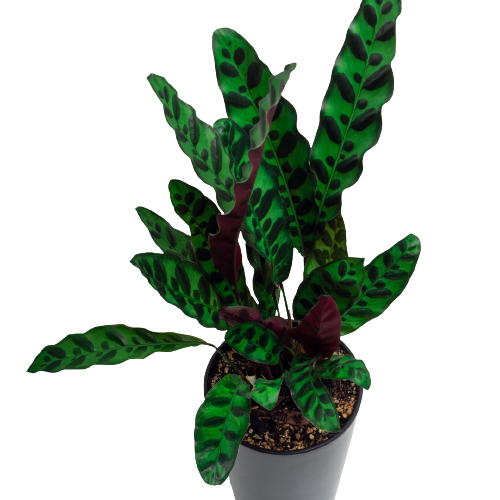
Rattlesnake plants have beautiful, distinctly shaped, purple and green leaves resembling the reptile skin. This ornamental, indoor and pet-friendly plant is perfect for adding to the aesthetics of your house.
How to care for rattlesnake plants?
The rattlesnake plant is a low-light plant that requires high humidity but not waterlogged conditions. Light watering every once or twice a week is ideal to maintain its deep green foliage.
7. Date Palm
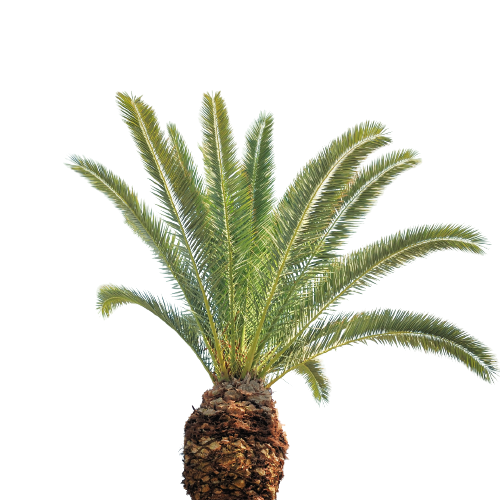
Want to add a tropical vibe to your living room or bedroom? Date palms are the best tropical plants to do so while keeping your cat or dog safe. They come in a variety of sizes and are considered auspicious according to Feng Shui principles.
How to care for date palms?
Date palms don’t need bright, indirect sunlight. They flourish in dry soil, so never overwater them. Once well-established, these plants can grace your home without demanding any care.
8. Herbs

Having a kitchen garden is a dream of many, but if you really want to keep a few useful plants in your kitchen, herbs are a great option. Herbs like parsley, mint, rosemary, burdock, camomile, peppermint, catnip, rosehip, etc. are pet-friendly and may also have healing properties for various health issues in pets.
How to care for herbs?
Herbs thrive in pots, containers, or raised beds placed in partial sunlight. You can also grow herbs in hanging pots on the windows where they can get optimum light. Water them regularly every day to keep them lush and green.
9. Polka Dot Plant
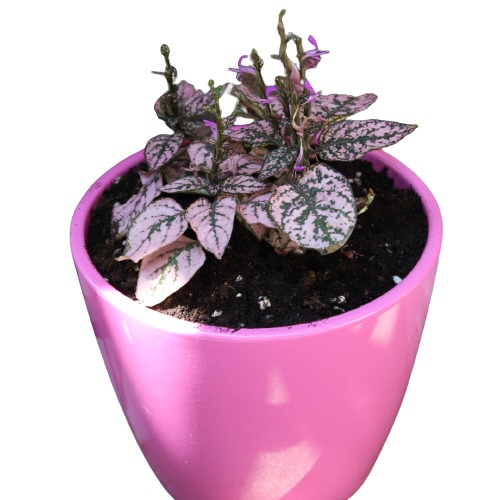
The colourful variegated leaves of polka dot plants or freckle face plants make them one of the most attractive indoor plants. These evergreen shrubs are not only pet-friendly, but they are also easy to care for.
How to care for polka dot plants?
The polka dot plants have minimal light requirements. They can develop in poorly-lit areas but they do require some low indirect sunlight. They have very thin roots, so it is important to maintain a careful balance while watering them.
10. Chinese Money Plant

The Chinese money plant’s coin-shaped leaves are popular for modern home décor and are said to bring wealth and fortune into your house. While we are not sure if it does bring fortune, it will definitely elevate the modern interiors of your house while keeping your cats and dogs safe.
How to care for Chinese money plant?
The Chinese money plant is an easy keeper. Just do not overwater them, keep them in natural light, and regularly trim any dead or dry leaves, and you will have a healthy money plant with fleshy, vibrant green leaves.
Bottom Line
That was our list of the top 10 pet-friendly indoor plants! Even if you are an amateur at gardening or planting, you can successfully maintain these plants by following the simple care tips given here. The fact that these plants are pet-friendly implies that an occasional bite won’t necessitate a trip to the veterinarian. However, too much of anything can be toxic, so you should always keep an eye on your pet while they are near your plants.

